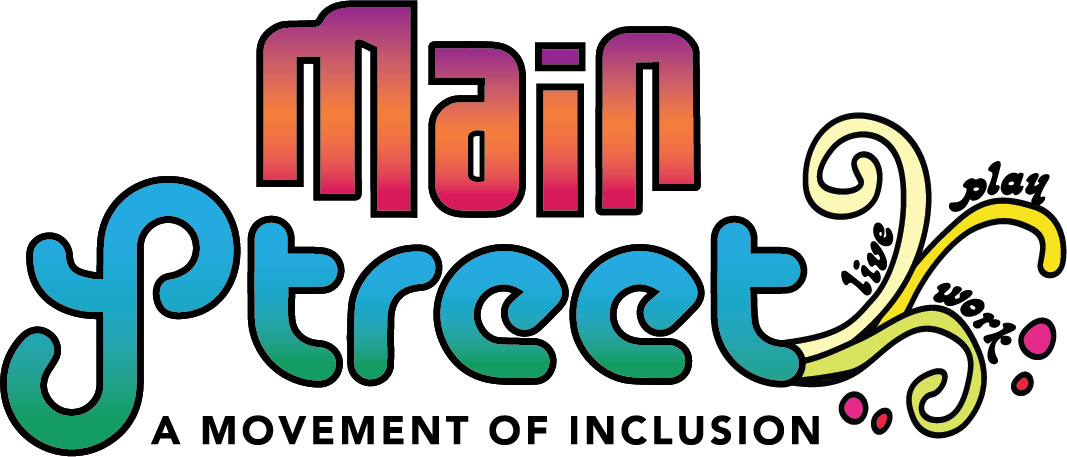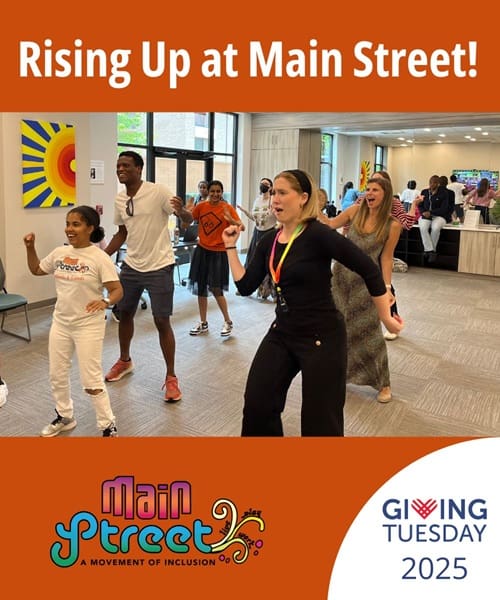Fulfilling an Unmet Need
Society today overlooks and isolates adults with disabilities, leading to insurmountable challenges for them and their families, as well as communities stripped of the beauty these individuals bring. Today, fewer than 1 in 4 adults with disabilities live independently, and existing housing alternatives are limited, generally unaffordable and lack meaningful inclusion. Of the 5.1 million Americans with an intellectual or developmental disability, 3.5 million of them live with their families, generally with aging parents who carry immense worry about what will happen to their adult children when they are gone.
In addition to a lack of housing options, adults with disabilities lack opportunities to be full and active members of their communities. As they reach “the cliff” at age 21, they lose all entitlements to education, many cannot find or afford continued education, most are unemployed or underemployed and many lack any type of meaningful social and community anchors. This combination of devastating factors often leads to loneliness, depression, isolation and a life devoid of purpose and independence.
Research and experience have shown that, more than anything, most adults with disabilities want to be connected to community, want to live independently and want to work – they just need opportunities to do so. They and their families are desperately seeking a place to belong – a community offering friendship, purpose and hope.
Main Street as a Solution
Main Street was created to address this void – to offer opportunities for inclusive living and community engagement, empowering people of all abilities to lead to happier, healthier and more fulfilling lives. The Main Street model benefits individuals with disabilities, their often overburdened families and their communities, which are enriched when people of all abilities have opportunities to contribute.
Main Street is different from other housing projects because of its affordability – with 75% of its 70 apartment units renting for well below market rates – as well as its inclusive, community-focused model. A mix of different ages, abilities and economic levels creates organic, meaningful interactions and opportunities that inspire the pathways to friendship and independence. Enriching on-site activities remove the physical barriers often associated with group homes. Main Street’s city-centered location in Rockville, Maryland, provides easy access to transit, employment opportunities and leisure. Grocery stores, restaurants and a three-story public library are within walking distance. Main Street redefines the concept of home by offering a place to truly live.
Moreover, in addition to providing inclusive housing, Main Street welcomes non-residents of all abilities to join as members of its 10,000-square-foot community center. The center includes a fitness space, teaching kitchen, multimedia room and classroom. Through this membership program, Main Street expands its community of belonging well beyond the residents of the Main Street building.
To learn more about the ways in which Main Street is meeting the needs of those in our community, please visit our Stories page.
Resources About the Critical Need
People with disabilities face extra hurdles amid national housing shortage
PBS News Hour | August 27, 2024 | Watch and read
Millions of Americans are priced out of homes and apartments. For people with disabilities, finding an accessible place they can afford can be even more challenging. In this video, Judy Woodruff reports on the affordable housing shortage.
People with Disabilities Living in the US Face Urgent Barriers to Housing: Federal Programs Are Not Meeting the Housing Needs of Disabled People
The Urban Institute and The Kelsey| October 21, 2022 | Read the report
Millions of people living in the United States are feeling the effects of one of the worst affordable housing crises in a generation. But for the growing number of people with disabilities, finding and retaining quality housing they can afford is even more challenging. This group faces unique barriers related to housing affordability, accessibility, and the ability to receive supportive services in their own homes. To further explore how disabled people experience housing barriers, the Urban Institute, in partnership with The Kelsey, analyzed the 2021 Current Population Survey (CPS). According to this analysis, about 12 percent of US residents ages 15 and older live with a disability, or about 39 million people across 32 million households.
This analysis explores the current living situations of housed disabled people, as well as their ability to access federal housing assistance and other support programs. It also identifies which groups within this population might have more difficulty accessing and retaining the housing supports they need, such as people who are eligible for federal housing assistance but not receiving it and people living with an aging head of household. Policymakers should consider these findings alongside existing and future research on other dimensions of housing needs.


